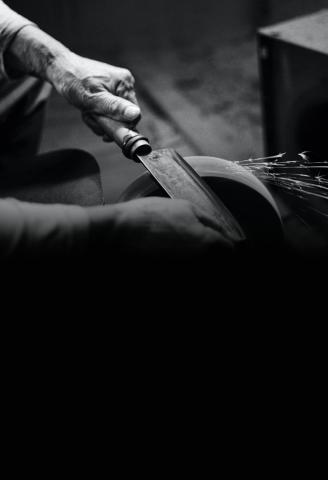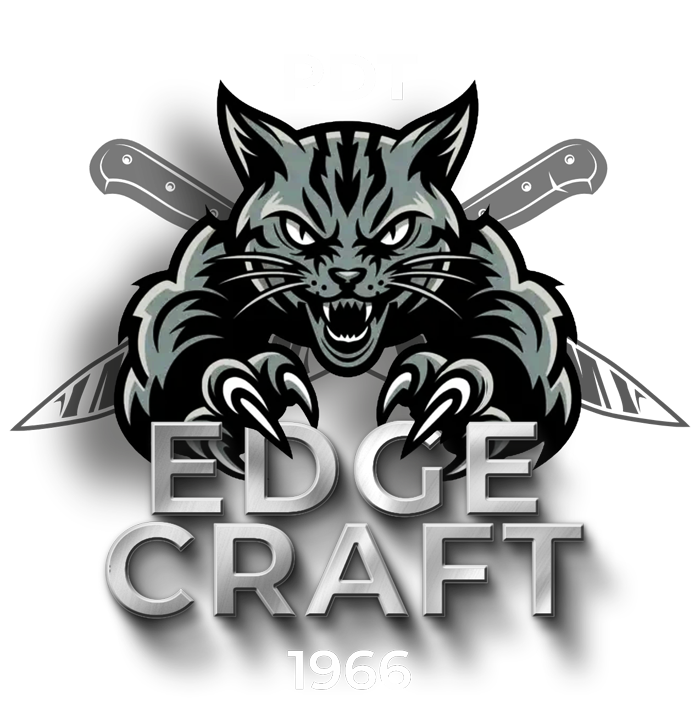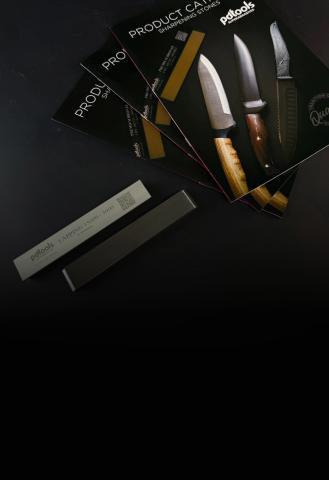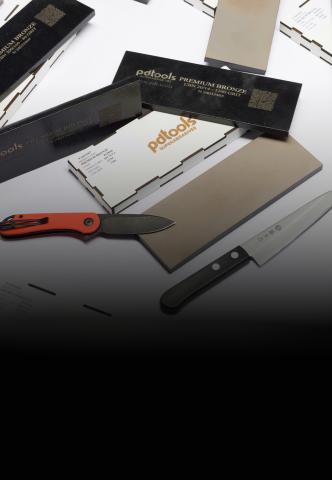Choosing the Right Angle Grinder for Grinding Tasks

The most commonly used type of angle grinder for grinding applications is the 125mm (5-inch) model. However, professionals often opt for larger and heavier grinders (150mm, 180mm, or even 230mm) and pair them with a 125mm grinding wheel. The additional weight helps stabilize the wheel during operation, reducing hand fatigue and improving control.
Since 125mm grinders and accessories are the most popular, we'll focus on them in this article. So, what key features should you consider when selecting an angle grinder?
Power Output
Low-power grinders are not suitable for grinding construction materials, as this task places a heavy load on the motor. Using an underpowered tool will result in poor performance and slower work. For 125mm grinders, a minimum power of 1.2 kW is required, with 1.4 kW or higher being ideal. Higher power levels ensure faster operation and extend the lifespan of consumables.
Power Source
Cordless angle grinders are generally not recommended for heavy grinding. They typically offer lower RPMs and less power compared to corded models. Additionally, battery life can be an issue during prolonged use, leading to frequent recharging and reduced overall productivity. For continuous and efficient work, corded grinders are the better choice.
RPM (Speed)
Grinding is usually done at the grinder’s maximum RPM, so choosing a model with speeds of at least 11,000 RPM is advisable. Variable speed control is not essential, as it is rarely used outside of specialized material processing.
Brand & Build Quality
Grinding puts significant stress on the motor and internal components of an angle grinder. For this reason, it's best to avoid low-cost, no-name brands—especially inexpensive Chinese-made models—as they tend to fail quickly under load. Investing in a reputable brand may cost more upfront, but it ensures greater durability and long-term savings.
Поділитися
Other articles
Зворотній дзвінок
![]()











